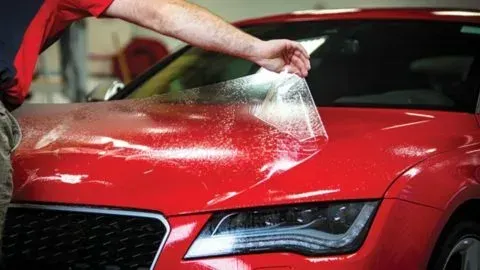Ice-Free Windshields: Your Ultimate Prevention Handbook
Understanding the Formation of Windshield Ice
Windshield ice develops when moist air meets a cold windshield, condensing into water. If temperatures dip below freezing, this condensation solidifies into ice. Frost, a related phenomenon, occurs when water vapor freezes directly onto the windshield surface. Understanding this process is crucial for effective prevention, allowing us to target the core issues of moisture and cold temperatures.
Your Arsenal: Effective Prevention Techniques
The most reliable defense against icy windshields is a dedicated windshield cover, acting as a physical barrier against moisture. Choose a weatherproof cover that fits snugly and covers the entire windshield. Alternatively, a homemade solution of three parts vinegar to one part water, sprayed on the windshield the night before a frost, can lower the freezing point of water. Similarly, a rubbing alcohol and water mixture or undiluted rubbing alcohol also works. Strategic parking, such as in a garage or facing east to catch the morning sun, can minimize frost. Raising wiper blades prevents them from freezing to the windshield. A DIY spray of water, rubbing alcohol, and dish soap can also deter ice. Maintaining a clean windshield further reduces the likelihood of ice accumulation.
Safe Ice Removal: When Prevention Isn't Enough
Even with preventative measures, some ice may still form. Never use hot water, which can crack the windshield. Opt for a plastic ice scraper instead of metal to avoid scratches. Commercial de-icers are designed for safe and rapid ice melting. Utilize your car's defroster to melt ice from the inside. Employing these methods ensures safe and efficient ice removal when prevention falls short.









